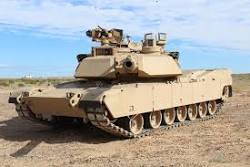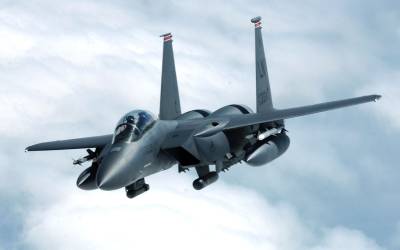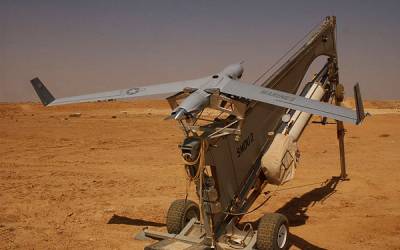Americas Lockheed Martin won a $46 million order by the US Navy, which provides non-recurring engineering for the development, integration, testing, and deployment of the MH-60 aircraft product line system configuration 26 fleet release for all MH-60 air platform...
Sensors – Aquatic Articles
Australia’s MH-60R Maritime Helicopters
MH-60Rs fire Hellfire (click to view full) Australia's AIR 9000, Phase 8 project aimed to buy 24 modern naval helicopters to 16 existing S-70B-2 Seahawks, along with the disastrous A$1.1 billion, 11-helicopter SH-2G "Super Seasprite" acquisition attempt. With a total...
GD Tapped For Abrams | Hungary Welcomed 1st Millenium | Germany sends Additional Patriots To Ukraine
Americas General Dynamics Land Systems was awarded a $21,998,374 modification for Abrams systems technical support. Work will be performed in Sterling Heights, Michigan, with an estimated completion date of Jan. 15, 2025. Fiscal 2024 research, development, test, and...
Digital Abrams: The M1A2 SEP Program
M1A2 SEP (click to view full) America's M1 Abrams tanks come in a number of versions. In addition to the M1A1 that is now standard, the US Army is beginning to field its M1 TUSK for urban warfare. It also operates the M1A2 System Enhancement Program (SEP), currently...
BAE Tapped For More ACV-P For The Marines | Most Of Iranian Drones Headed Towards Israel Intercepted | Saab Contracted By British Army For ILT-D
Americas BAE Systems has been awarded $25 million to provide the US Marine Corps with more Amphibious Combat Vehicle-Personnel units (ACV-P) under its fourth order for full-rate production. The deal is a follow-on order to a previously-awarded $181-million contract...
Aging Aircraft: USAF F-15 Fleet Sees Renewed Interest
F-15C over DC (click to view full) "Array of Aging American Aircraft Attracting Attention" discusses the issues that accompany an air force whose fighters have an average age of over 23.5 years - vs. an average of 8.5 years in 1967. One of the most obvious...
US Army Wants More Commercial Tech | DoS Approved FMS To Saudi Arabia | JCG Orders Additional Airbus H225 Helicopters
Americas Insitu Inc. won a $84 million modification, which increases the contract ceiling to procure six RQ-21A and 20 ScanEagle unmanned air vehicles (UAS) including payloads and turrets; support equipment; spares and special tooling. Additionally, this modification...
From Dolphins to Destroyers: The ScanEagle UAV
ScanEagle launch (click to view full) ScanEagle's base Insight UAV platform was originally developed by Washington state's Insitu, Inc. to track dolphins and tuna from fishing boats, in order to ensure that the fish you buy in supermarkets is "dolphin-safe". It turns...
FlightSafety Tapped For KC-36 Training System | DoS OKs Hawk Missile Systems Support For Ukraine | Serbia Plans To Procure 12 Rafales
Americas FlightSafety International Defense Corp. won a $7.9 million modification for the exercise of the KC-46 Aircrew Training System. The contract modification will provide an additional weapon system trainer, additional learning management workstations, systems...




